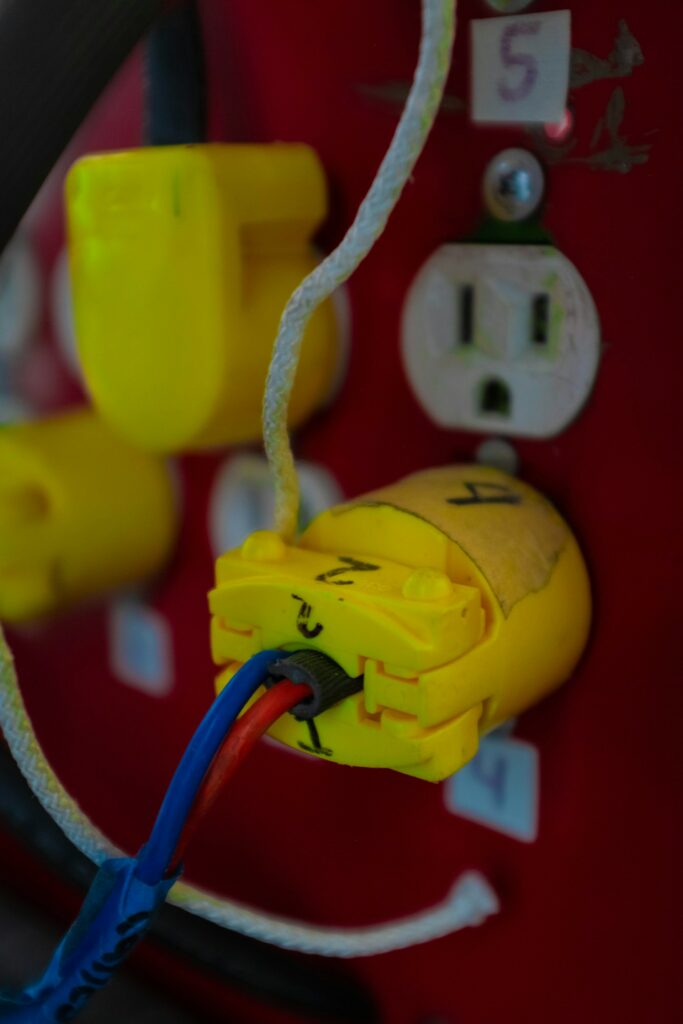There are some hidden dangers in electrical circuits that are overloaded.

There are some hidden dangers in electrical circuits that are overloaded.
Most people don’t think about the electrical system in their homes very much until something goes wrong. But cables are always bringing electricity to the lights, outlets, and appliances that are behind the walls. A circuit gets overloaded when too many devices need power from it at the same time. This is a situation that doesn’t always cause the circuit breaker to trip right away, but it can create big problems without anyone knowing it.
What does it mean for a circuit to be overloaded?
When you measure the current in amps, you can see that each electrical circuit in your house is designed to handle a certain amount of it. For example, the circuits in many home outlets are either 15 or 20 amps. If you plug in too many high-demand devices, like space heaters, microwaves, or hair dryers, there is a chance that the demand will be greater than the circuit’s capacity.
This makes the wire hot. The circuit breaker should trip in a perfect world to keep people safe. But if the circuit breaker isn’t working right or if the wire is overloaded too often, it could get damaged by heat over time.
Why overloaded circuits can be dangerous
1. Fire risks
Too much heat can melt the insulation on cables, which lets the copper come into contact with the outside world. This makes it much more likely that sparks and electrical fires will happen. Overloaded circuits are one of the most common causes of house fires.
2. Broken appliances
Overloads can cause electrical surges that can hurt delicate electronic devices, cutting their lifespan short or even breaking them completely.
3 Hidden Damage to Wiring
Even if a circuit breaker trips, wires behind walls may slowly break down over time if they keep getting too much power. Because the damage isn’t obvious, homeowners often don’t notice it until a bigger problem comes up.
4. Risk of Shock
- If the insulation has melted, wires that have been damaged or outlets that have gotten too hot make it more likely that you will get an electric shock.
- a drop in the dependability of breakers
- Breakers wear out over time because they keep tripping, which makes them less reliable. If a circuit breaker doesn’t trip during a real emergency, it could be very dangerous.
5. Signs that a circuit is already too full
- The circuit breaker or fuses keep blowing or tripping.
- The lights flash or dim while the appliances are on.
- Covers for outlets that are hot or have changed color
- Sounds of buzzing coming from parts or outlets
- There are smells of burning or signs of scorching near the plugs.
Lowering the Chance of Circuit Overloads
- Know the limits of your circuit: Don’t plug too many devices that use a lot of power into the same outlet or power strip.
- Separate the appliances: Use different circuits for heavy-duty items like air conditioners, space heaters, and kitchen appliances.
- If your wiring is old or you don’t have enough circuits, you might want to hire an electrician to add more circuits to your system.
- Using power strips wisely is very important. Surge protectors can stop voltage spikes, but they don’t make your circuit work better.
- Set up regular inspections: A professional electrician can find hidden wiring problems and fix them before they become dangerous.
When breakers trip, overloaded circuits may seem like a small problem, but the risks they pose make them a big safety concern. You can protect your home, your appliances, and most importantly, your family from the dangers of overloaded wiring by using your appliances wisely, keeping them in good shape, and having professionals check them out.




